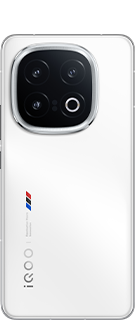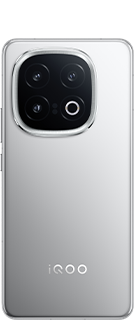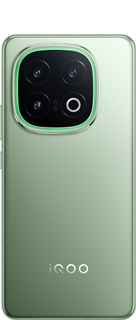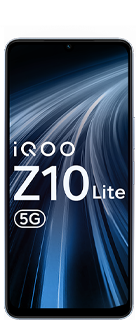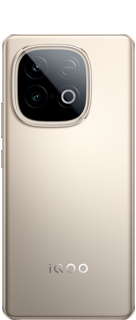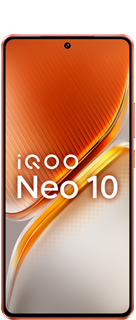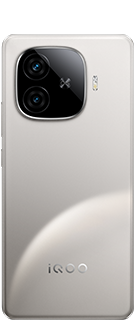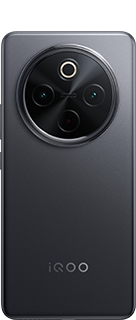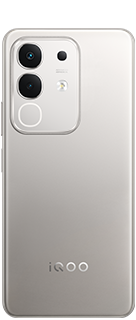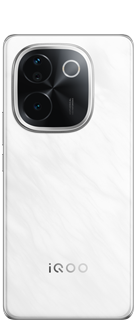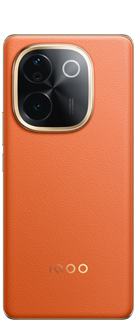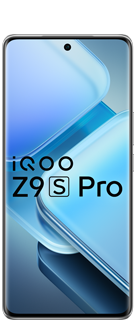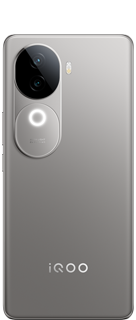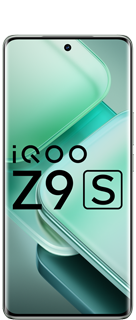Mobile Videography | All You Need To Know 🪄
Introduction
Hello Questers ! Hope you all are doing well ✨. Today I'm sharing this thread regarding Mobile Videography.
Information
Mobile Videography 🎥📱
• What is Mobile Videography? Mobile videography refers to the art of capturing high-quality video content using a smartphone. Thanks to advancements in camera technology, smartphones are now capable of shooting stunning footage that rivals traditional cameras.
• hy Mobile Videography?: The rise of mobile videography is due to its convenience, portability, and ease of use. With a smartphone, anyone can shoot, edit, and share videos quickly without the need for bulky equipment or complex setups.

• Smartphone Camera Features for Videography:
Multiple Lenses: Modern smartphones come equipped with wide, ultra-wide, and telephoto lenses, providing more creative flexibility.
4K/8K Recording: Many high-end smartphones now offer 4K or even 8K video recording capabilities, giving users cinematic-quality resolution.
Stabilization: Features like optical or electronic image stabilization help reduce shake, ensuring smoother video even when moving.
Frame Rates: High frame rate options (e.g., 60fps, 120fps, or 240fps) allow for slow-motion or time-lapse effects.
Manual Controls: Apps and built-in settings give users control over focus, exposure, white balance, and ISO, enabling more professional results.
• Tips for Better Mobile Videography:
Use a Tripod or Gimbal: For steady shots, use a tripod or a gimbal. This reduces shaky footage and gives a professional look to your videos.
Mind Your Composition: Apply basic film composition techniques like the rule of thirds, leading lines, and symmetry to make your shots visually appealing.
Lighting is Key: Good lighting is essential in any form of videography. Natural light is best, but in low-light situations, consider using additional lighting or turning on your phone’s night mode.
Stabilize with Software: In addition to hardware like gimbals, use video editing software to stabilize footage during post-production for an even smoother look.
Frame Your Shots: Avoid clutter in the background and focus on your subject. Clean, well-framed shots enhance the storytelling of your video.
• Audio Matters: Clear audio is often just as important as video quality. Consider using an external microphone to capture crisp sound. Many smartphone microphones can pick up unwanted noise, so an external mic helps ensure better sound fidelity.

• Creative Techniques:
Focus Pulls: A smooth transition between foreground and background focus can add cinematic depth to your shots. Use manual focus or focus-pulling tools for this effect.
Slow Motion and Time-lapse: Experiment with slow-motion footage to capture fine details or fast motion in a dramatic way. Time-lapse can be perfect for showing the passage of time.
B-Roll: Include supplementary footage (B-roll) to enrich the main story. Close-up shots, landscapes, and cutaways can help contextualize the narrative.
Depth of Field: Many smartphones now allow for a shallow depth of field effect (bokeh), which helps blur out backgrounds and make subjects stand out.
• Editing on Mobile: One of the best things about mobile videography is that you can also edit on your phone. Apps like iMovie, Adobe Premiere Rush, and Kinemaster provide powerful editing tools for trimming, adding transitions, color grading, and syncing audio.
• Video Effects: Spice up your video with filters, transitions, and motion graphics. However, be careful not to overdo it; subtlety often leads to more professional-looking results.
• Mobile Videography for Social Media: Mobile videography is perfect for platforms like Instagram, TikTok, and YouTube. The ease of shooting, editing, and uploading content on-the-go makes it ideal for creators who want to engage their audience regularly.

• Understanding the Power of Editing: Editing plays a massive role in elevating your mobile video. Trim out unnecessary footage, add smooth transitions, adjust colors, and sync music to create a compelling narrative. Even simple edits can make a huge difference.
• Why Mobile Videography is the Future: The gap between mobile and traditional videography is closing fast. With the continuous improvement in smartphone cameras and editing software, more creators and filmmakers are turning to their phones as their primary filming tool.
• Mobile Videography for Vlogging: Whether you’re sharing your daily life or creating travel vlogs, mobile videography is perfect for vlogging. Smartphones are lightweight, easy to carry, and make it possible to film and edit without the need for a full setup.
• The Accessibility of Mobile Videography: With mobile videography, anyone can become a content creator. Whether you’re documenting personal moments, building a social media presence, or creating short films, smartphones have made it easier than ever to produce high-quality video content.
• Final Thoughts: Mobile videography has democratized the art of video creation. Whether you're a seasoned filmmaker or a beginner, your smartphone has everything you need to create stunning visuals. Al
l it takes is practice, creativity, and a keen eye for storytelling.
Signing off
Prasad Mhakale

Please sign in
Login and share
